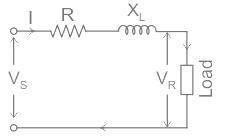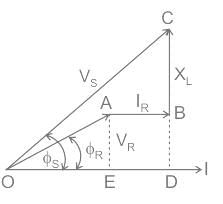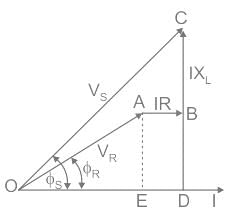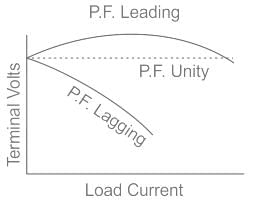Test: Short Transmission Line - UPSC MCQ
10 Questions MCQ Test - Test: Short Transmission Line
Shunt capacitance is neglected in the analysis of which transmission lines?
A short transmission line has impedance value Z. The values of A, D, B and C of the short transmission line are _______, respectively
When the length of an overhead transmission line is less than 80 km with an operating voltage upto 20 kV, it is considered to be a/an ___________.
The insulation strength of an EHV transmission line is mainly governed by
The effective length of a short transmission line is less than __________.
A single phase overhead transmission line delivers a power of 5500 kW to a load at 11 kV. The receiving end voltage leads the current by 45°. The resistance and the inductive reactance of the transmission line are 10 Ω and 10 Ω respectively. The sending end voltages is
Which type of transmission line has length up to 80 km?
A single phase load of 100 KVA is delivered at 2000 V over a transmission line having R = 1.4 Ω and X = 0.8 Ω, when the power factor of load is unity, the voltage at sending end is
Effect of capacitance on performance of the short transmission lines is extremely small due to ________
If the power factor is _____________, the voltage at the sending end is less than that at the receiving end in short line. Hence voltage regulation is negative.



































